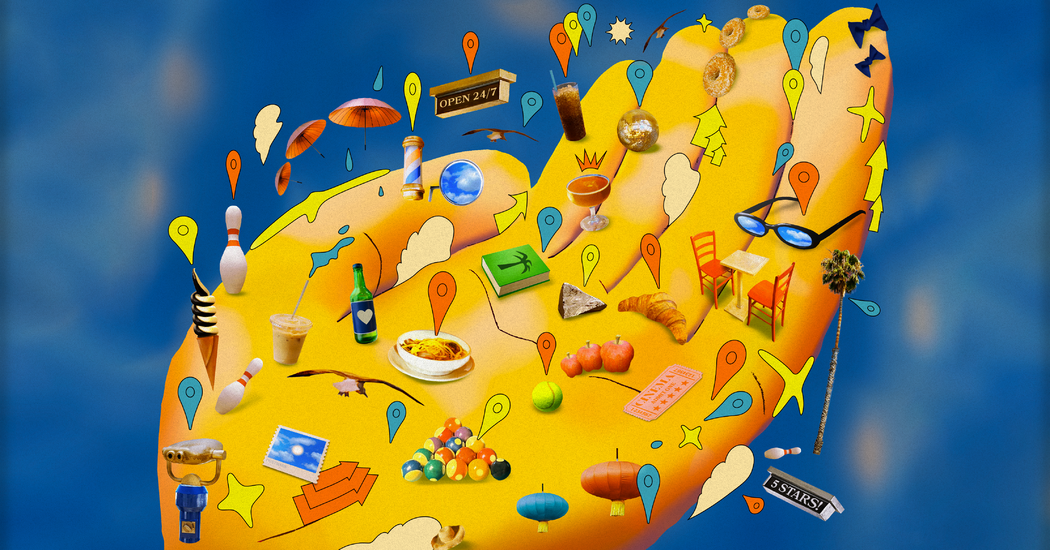A uniquely 20-something cocktail of ambition, stupidity and wanderlust led me to take a job in Berlin fresh out of college. My due diligence consisted of watching several of Rainer Werner Fassbinder’s movies and calling it a day. I had visited the city before, crashing with lovers and loose acquaintances, but my sense of how to build a life there — or in any new place, for that matter — was nonexistent. The practical matters of adjusting to a new city bedeviled me. After work I longed to navigate the city with purpose but had nowhere in particular to go. Interminable weeks at the office gave way to lonely weekends spent not queuing up for clubs but crying on a floor mattress in Charlottenburg, anxiety taking hold at the thought of another aimless walk. A fun decision made in haste, for all its adventurous merit, had left me lost and lonely.
So I emailed a writer I looked up to who lived in Berlin in her 20s. She did not direct me to an apartment-rental agency or language school. Instead she replied immediately with a series of Google Maps links: anarchist cafes and independent cinemas, Sichuan restaurants and secondhand stores. The highlight was a toilet-themed bar. I bookmarked the writer’s locations in my own map and set out toward the nearest blue pin, a Chinese restaurant. That night, tucking into a bowl of mapo tofu, I felt something resembling solace. I sat at a table for one, but this mundane digital gesture — being directed somewhere specific, walking the path of someone who had come before me — made me feel looked after.
I had used Google Maps mainly for subway directions. I opened the app every day, but its social function never occurred to me. Sure, I had saved spots here and there, and maintained a “want to try” list, where the names of trendy restaurants piled up never to be consulted again. The real fun, I learned, begins when you start to use Google Maps in multiplayer mode: building shared lists of saved locations with and for others, remotely populating their digital landscape with little pins. It’s a simple action that conjures an increasingly rare sense of virtual care.
Populating a shareable map is an exercise in memory. I started making shared maps as a way of staying in touch with faraway friends and as a key to my own psycho-geography, doled out to give dear ones a glimpse into my world. I’ve printed out QR codes with links to shared maps and given them as birthday and wedding presents. When my German bestie told…
Click Here to Read the Full Original Article at NYT > Travel…
